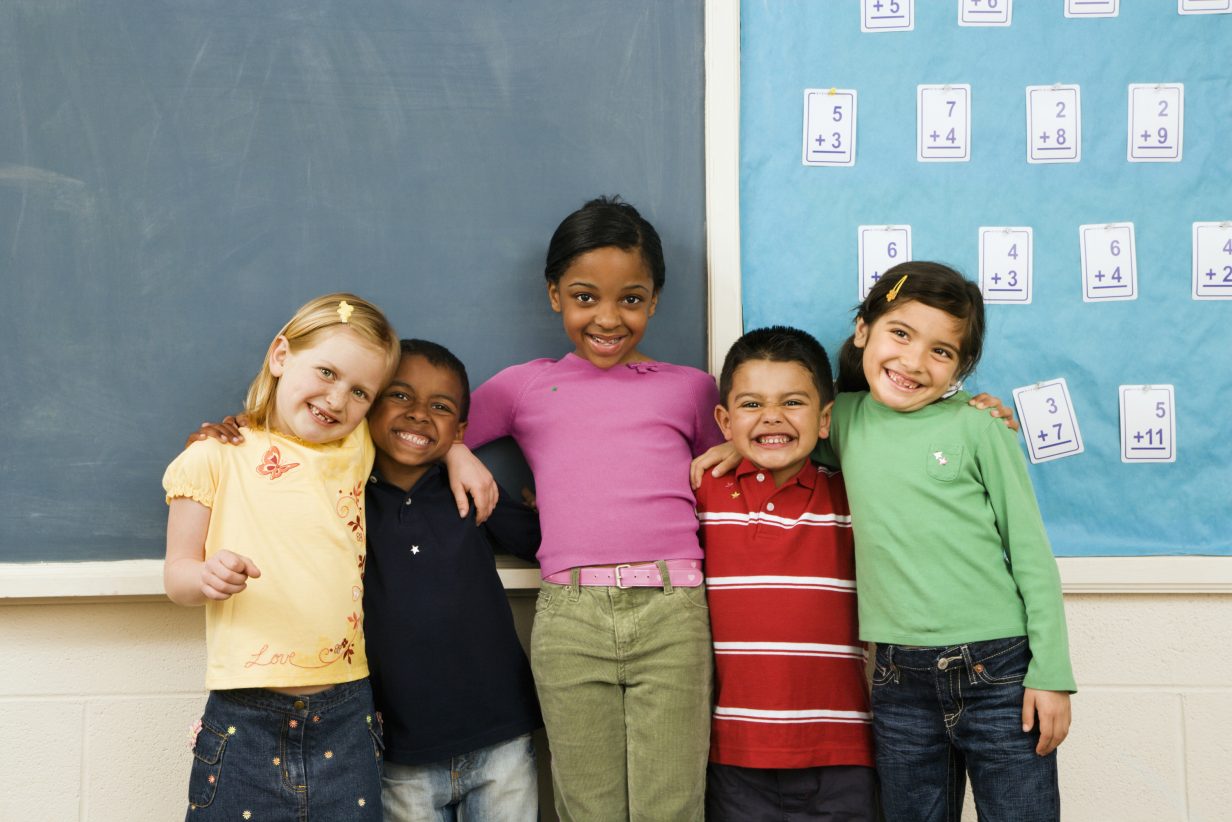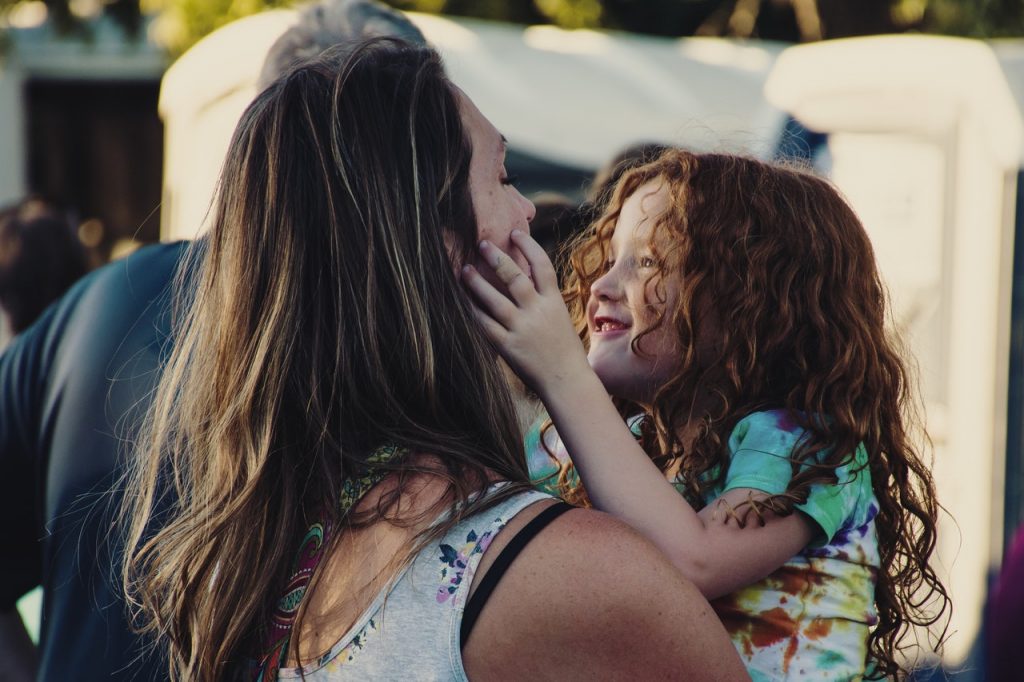Talking To Children About Racism

What do you say about a topic like racism for kids, at a time when police brutality is getting worse, the racial divide is widening, and somehow, Nazis roam the street? Granted, it is a nuanced topic, and it is not easy to point at one thing and say ‘that is the problem.’
For this reason, we call it a systemic issue. Adults can’t agree on anything. Even the clear-cut situations somehow end up in a murky grey area when litigation takes off. Civil rights are undergoing unprecedented erosion by a biased administration.
So, how do you broach a topic like racism for kids? What do you tell them? How do you do it? When do you do it?
George Floyd, Ahmaud Arbery, and Breonna Taylor are all recent examples of racism’s effect on black people and minorities.
What if telling kids about this is too much? What if they find it terrifying?
Adults are scared too. But here’s the thing, issues related to race and racism will not go away if we, as parents, let children grow up knowing little to nothing about this topic. We need to have confidence in our beliefs and our children.
It is a known fact that they can talk about race without necessarily breaking down.
Contents:
- At What Age Can Parents Begin Discussing Racism With Children?
- How to Talk To Your Child about Racism
- How to Help Your Children Understand Better
- Building the Next Generation To Be Better Than Us
At What Age Can Parents Begin Discussing Racism With Children?

Prostock-studio/Shutterstock.com
As Dr. Aisha White puts it, ‘children are never too young to be exposed to diversity.’ She is the P.R.I.D.E. Program director in the Office of Child Development at the University of Pittsburgh. According to research, children recognize skin color differences when they are as young as three months old. They will recognize those who look different from their primary caregivers.
At about two and a half years old, children are capable of developing and observing racial biases. When they hit age 4 to 5, they start to imitate and show the obvious racial, and ethnic bias learned from those surrounding them. As they display the bias, black children and people of color start to feel the racist sentiment when they are too young to know how to react to it.
How Do Children Learn Racial Bias?
As we have mentioned, children learn racial bias from their primary caregivers and teachers. They learn by imitating, which is not good when considering that they have no critical thought to speak of. The process of becoming biased is a lot like learning a new language.
Let’s break it down by age:
- at six months old, the brain can notice race-based differences, especially visually (the skin);
- at ages 2 to 4, the children start to internalize what they see around them, including racial biases displayed by primary caregivers, various adults, and teachers;
- by the time they are 12, the beliefs and sentiments start to set. At this point, their beliefs will likely stay the same.
Will Talking About Issues Cause Children To Be More Anxious?
It doesn’t have to make the children anxious if you do it right. Reassuring them is the key to making sure that they do not feel anxious or frightened. In the following paragraphs, we will explore how you can talk to children about systemic racism, without spooking them or causing any undue stress.
How to Talk To Your Child about Racism

Prostock-studio/Shutterstock.com
To get a good idea of how to spend that decade when you need to teach them what to think about race, we will give you a brief age-based guide to let you know what to do and when to do it.
Protect your child from dangers and prejudices, or make sure that they are not offended while you are not around! Always know where your child is, get in touch quickly if necessary, and listen to what’s happening around them with the Findmykids app.
Up to 4 Years
When children are this young, they cannot put information about racism’s dark side into context. They will ingest it in different ways, but their views will mostly be warped by what they see. For that reason, it is important to shield them away from the scary part of the news, conversations about race, and images that could potentially make them afraid.
Make sure that when you talk to them about something they see, you are calm and reassuring to feel safe. Have conversations that celebrate diversity, inclusivity, and explain prejudice’s effects in the simplest terms possible.
Teach them that treating other people unfairly is wrong and hurtful.
5 to 10 Years
At this age, the kids are aware that people don’t all look the same and that some are treated unfairly. Children must understand why these people are treated differently so many times. Not only will they be asking questions, but they also want to understand why it doesn’t end.
Making them understand ‘why’ is the first step. It will make the children less restless or confused. Even though they may not have the words to tell you how they feel, they may show in their behavior how they feel.
Avoid lying or evading questions. Be specific in your answers by telling them exactly why, without being an alarmist, black people and other minorities are treated differently.
11 And Beyond

Prostock-studio/Shutterstock.com

Prostock-studio/Shutterstock.com
Children who are older than 11 or teenagers tend to spend a lot of their time in school, away from parent figures. They are usually in the company of peers, social media, and school. Even with the foundation you set, in a world where conspiracies and misinformation are prevalent, you should check in to see that they have not forgotten the foundations you taught them.
Ask them how they are doing and expand on the conversation. However, at this age, you are not exactly telling them what to think. You are helping them understand the nuanced parts. They take the lead, and you should let them do that.
The way they show fear, anger, or sadness is usually heightened, and you should let them experience emotions while teaching them how to articulate what they are feeling.
Even though you may not necessarily agree with what they are feeling and thinking, it does not invalidate their feelings. Make sure that you listen first before you guide them on how to treat other people.
The problem with being privileged and white is that it can easily bring shame and cynicism into the picture, especially at this age. Your presence will be important in navigating this tricky phase.
Call them out on behaviors that you do not deem appropriate but do not be condescending as that may have the opposite effect. Teach them that not all white people treat minorities badly.
The key here is to make sure that you have a rapport with your child, such that they can tell you how they are feeling without fear.
Be their inspiration.
How to Help Your Children Understand Better

Prostock-studio/Shutterstock.com
You can do some things to make sure that the communication you have about race is effective. These seven steps and tenets are some of the things you need to keep in mind when talking about social justice and racism.
- be factual;
- reassure them that not all police are brutal;
- share your feelings;
- provide context for each event you choose to discuss;
- allow them to talk;
- help them expand their empathy and promote anti-racist thinking;
- let them know what they can do to make things right.
Building the Next Generation To Be Better Than Us

Prostock-studio/Shutterstock.com
As you are having these conversations about racial differences, make sure that you preserve their hope. As much as everything might look bleak, there are glimmers of hope in the murky world of race-based relations. The children have to learn that changing the world is as simple as starting with the person that is next to you.
All it takes is more love, more wisdom, a good upbringing, the willingness to fiercely defend those subjected to injustices while exercising a high level of understanding.
As much as we cannot erase 400 years of a bleak and dark history involving racism, we can start building the next generation to be better than us. We can create a generation of young children who are loving, beautiful, and powerful people with a passion for promoting justice without basing it on skin color.
We may have been failed, either by those that brought us up or by the system itself, but we can elevate ourselves beyond the present. We can start a revolution in our own homes with our children and watch the ripples grow until racism is no longer a systemic issue that ruins the lives of entire races of people.
The world, especially the United States, can heal through our humanity if we make it safer and promote kindness.
Read more:
- How to raise your kid in a body-positive way
- What do you do when your child has no friends?
- The child does not want to study or to do their homework: what should parents do?
Проверьте электронный ящик



















